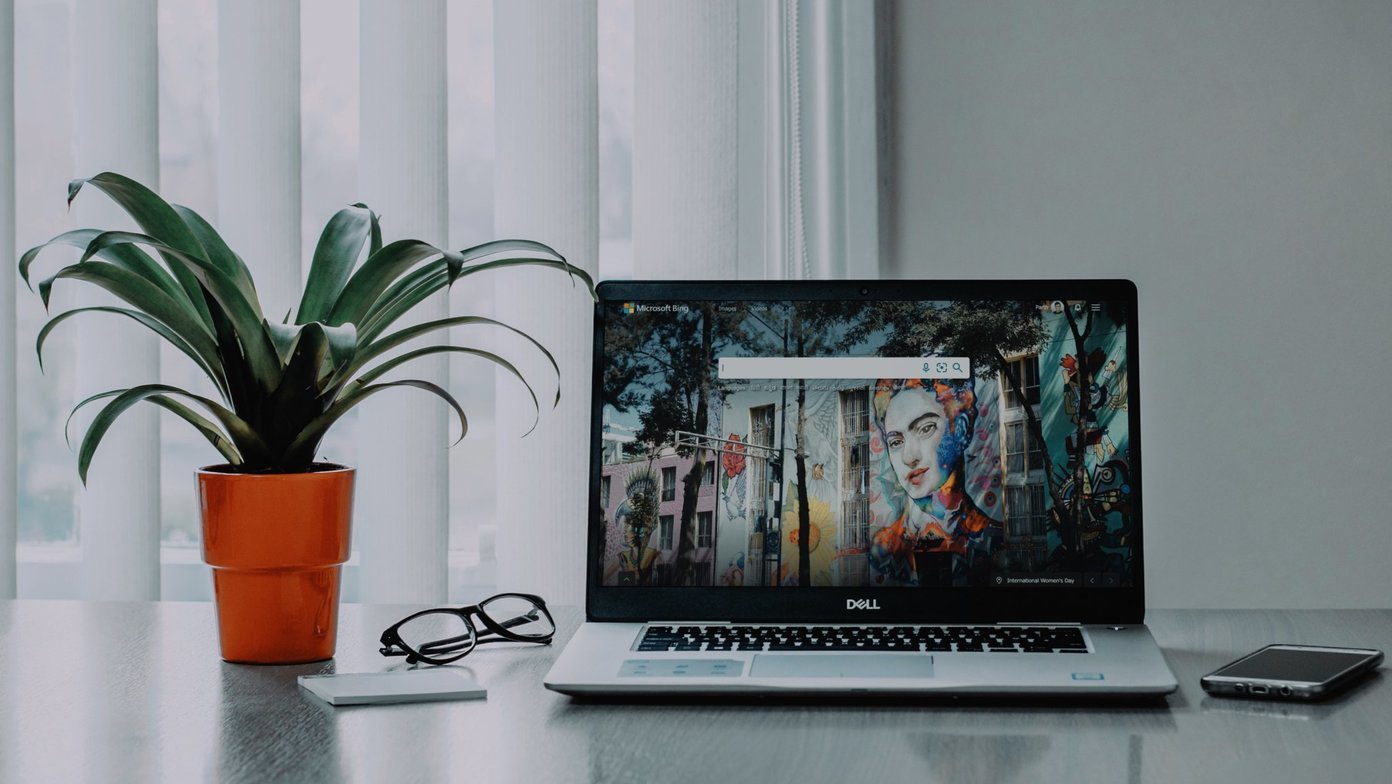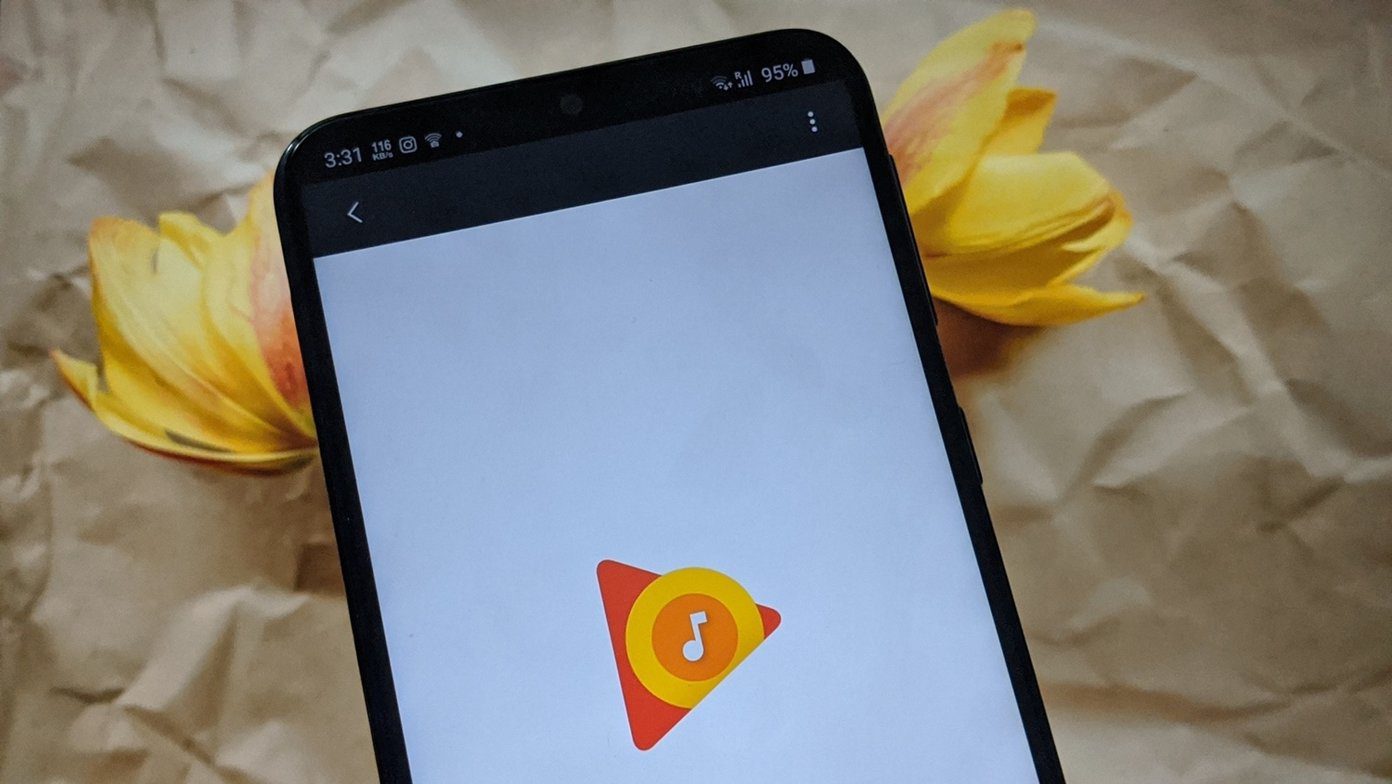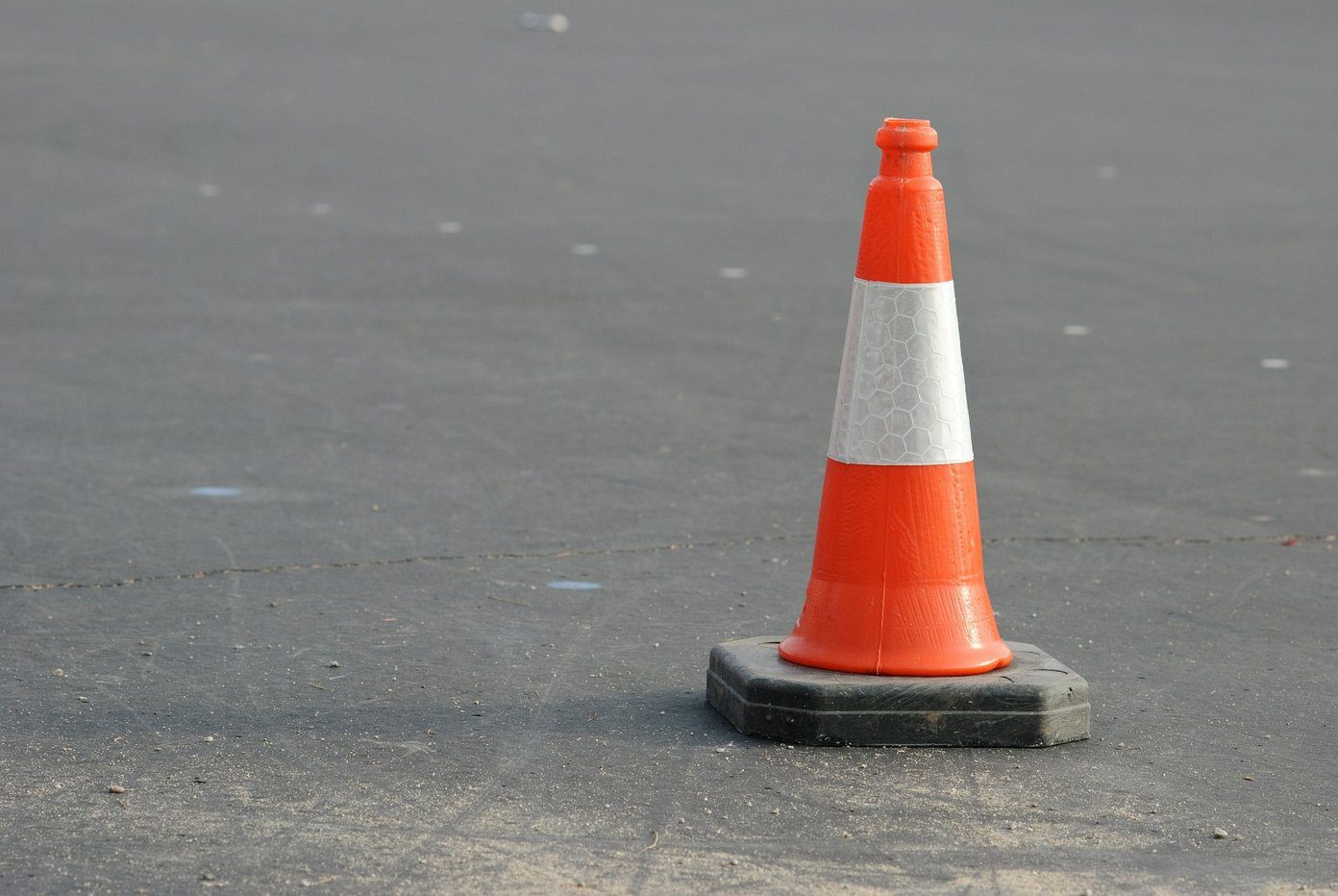One way to fix the issue is to use the forgot password link that rests below the sign in box. I believe you have already tried that solution where a link to create a new password is sent to your email ID. Let’s find out what else we can do to fix Facebook account sign-in issue.
1. Use a Familiar Device
Are using a public computer or someone else’s mobile to sign in to Facebook? As a precaution, Facebook will send you a notification email with details like IP address, location, device make and model, and may not allow you to log in. This is done to protect your account from potential hacks. Use your regular computer or smartphone to sign in instead if you have it on you now. Check your inbox for emails from Facebook asking you to approve the login.
2. Mobile Number Tips
A lot of users have created their Facebook account using their mobile number instead of email ID. Here are some tips Facebook recommends when signing in with a mobile number:
Enter country code before the mobile numberDon’t add a plus sign or zero in the beginningAgain, use a phone or computer that you have previously used to sign in
3. Recover Facebook Account
There is a page dedicated to recovering the Facebook account. Click on that link to follow the on-screen instructions. Again, make sure to use a computer or mobile that you own or have previously used to sign in to Facebook during the recovery process. You will be asked to enter key details that will help Facebook identify your account like email, mobile number, security questions’ answers, and so on. I hope you remember them or have them written somewhere. Don’t have access to your primary email ID or number? You can also recover your Facebook account using an alternate sign in details provided you have added them to Facebook. You should be able to view all associated numbers and IDs listed (partially with rest hidden with asterisk sign) during the recovery process.
4. Account Disabled
Not a pretty sight but entirely possible. Your Facebook account may have been disabled, but you should have been notified of the same. Check your inbox for any emails from Facebook. That will give you further insights into why the account was disabled. You should also notice a message informing you of the decision on the Facebook login page. Reasons could vary like not following content guidelines or community standards, too many sign-in attempts, suspicious activity, a complaint by another user, fake profile details or impersonation, and more. The good news is that you can appeal a review if you believe your account was disabled wrongly.
5. Account Banned
Another possibility is a ban, but that would be more obvious, again should be followed by a message notifying you of the same. Apart from the reasons discussed above, some more reasons that could lead to a ban are owning or operating multiple or fake accounts, uploading adult, personal, sensitive content/images/videos, inciting hate or violence, and repeated offense. Temporary bans are lifted automatically, and there is nothing you can do to speed up the process. Permanent bans are, well, permanent.
6. Account Hacked
Someone hacked your account, changed login details, and is now operating it under your name. Your worst fears have come true, but there are ways to fix this too. Ask one of your Facebook friends to check if there has been any activity in your account after your last sign in. Check out for change in profile details, friend requests to unknown people, messages you don’t remember sending, and posts you would never think of posting. If you feel something is off, don’t waste a single second and report to Facebook of your suspicion. Facebook will secure your account and give back control to you, but only after you can prove ownership. That will involve sharing license or other ID details, verifying access to email and mobile number, and answering security questions. Did you receive an email notifying you of a change in profile details like email ID or mobile number? If yes, you can reverse the change by clicking on the link that says something to the effect of ‘I didn’t make this change’. You can then regain control of your account and change your password to something more secure and random in nature as a security measure.
Best Practices
You need to activate 2FA or two-factor authentication to protect your account against hackers. Refrain from posting questionable content and make sure to follow content and community guidelines. Add more than one email ID or mobile number to have a backup plan. Use a strong password that is totally random and not connected to you in any way. Use a password manager. Note down important details on a piece of paper and store it somewhere safe offline. Avoid using public or unknown or unsecure internet connections and use VPN if you must. These are just a few security tips off the top of my mind but should be enough to keep you safe and secure. Here is unpopular advice – have you tried quitting Facebook? Friends live in the real world, and parties/games are more fun in real life. Definitely not in the pandemic, but you know what I mean. Next up: Realized that life without Facebook is not all that bad? Click on the link below to learn why you should consider uninstalling Facebook’s Android app. The above article may contain affiliate links which help support Guiding Tech. However, it does not affect our editorial integrity. The content remains unbiased and authentic.












